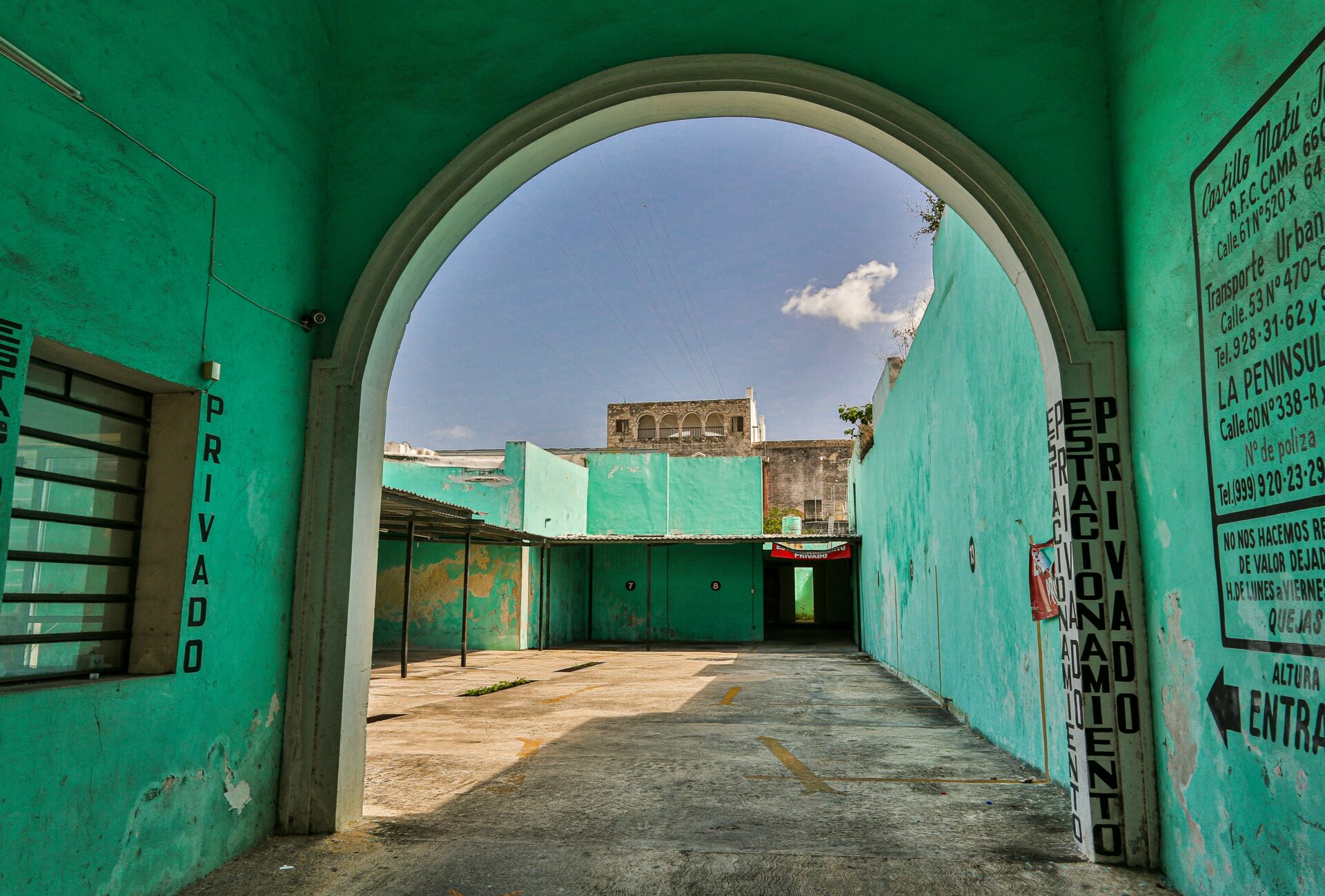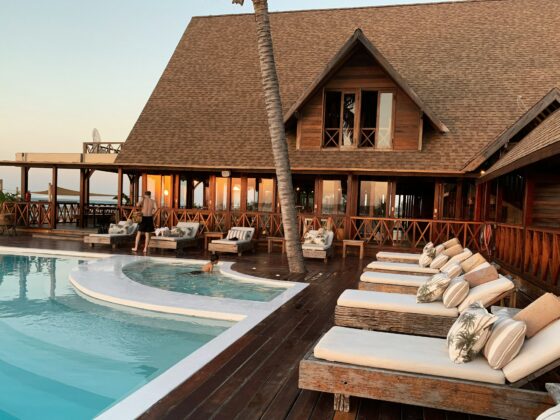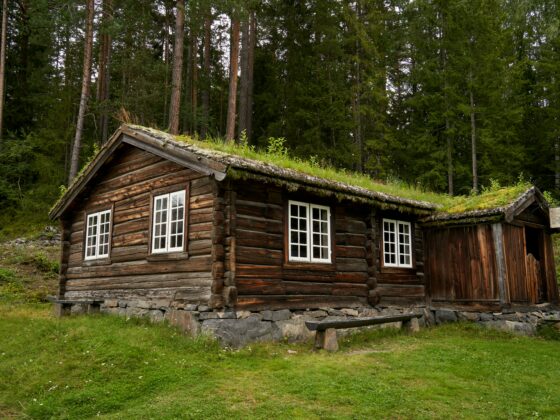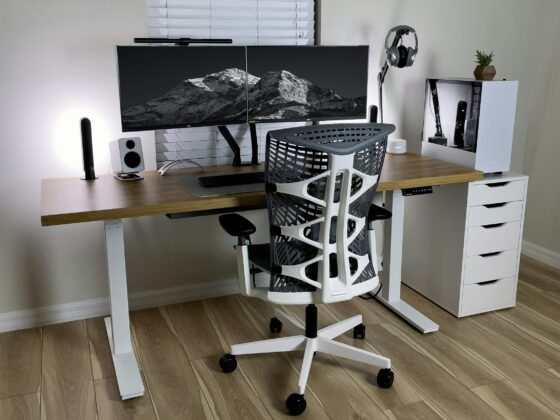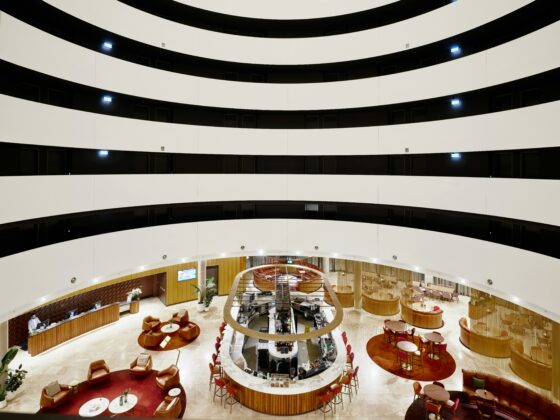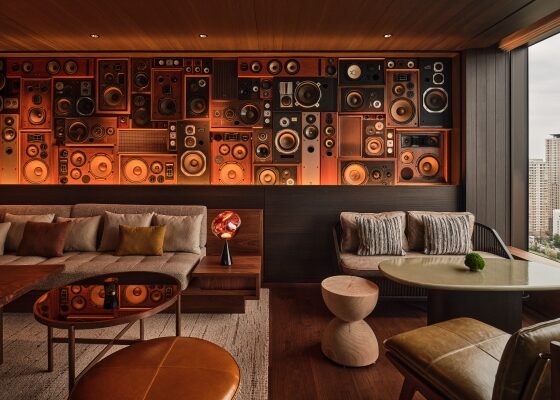The Insider‘s perennially desk-bound features writer Ben McCormick covers many exotic and luxurious locations in the course of his work, but seldom gets to see them. So when the opportunity arose to visit a guest house in Mexico run by Glion alumni, he jumped at the chance…
As the packed British Airways Boeing 777 touches the tarmac at Cancún International Airport, the talk among most passengers is of the region’s established resorts such as Playa del Carmen, Tulum and Isla Mujeres.
This stretch of the Yucatán Peninsula in Mexico is a magnet for tourists, especially those from colder climates seeking winter sunshine, white sandy beaches and the kind of warm welcome that’s a feature of many well-developed holiday destinations.
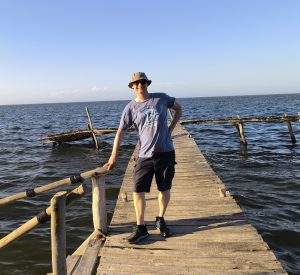
Chatting to a few in the long queue at passport control, I quickly discover I am taking a road – or rather, railroad – much less traveled. As the bulk of the recent arrivals hastily board the buses to their all-inclusive hotels, I slink off to the shuttle that links the airport with the newly opened Tren Maya railway station and my onward destination of Mérida, the Yucatán state capital.
Ultimately, I’m heading to Casa Arsha, a sustainable retreat located on the north coast of Yucatán run by a Glion alumni couple Raisha Gargari and Arnaud Quiska. It’s a place I’ve already written about in a previous piece for The Insider and one that had me scouring the internet for cheap flights after the initial interview.
In my work, I’ve written about many desirable destinations. I’ve even written plenty about Mexico. But until this point, my experience of them was limited to what I saw on the internet and heard about over the phone. The time had come to put that right.
Finding a way
First things first, there was the small matter of getting to a place that’s billed as somewhere to escape from the hustle and bustle of city life. And in this particular area of Yucatán, that means hiring a car.
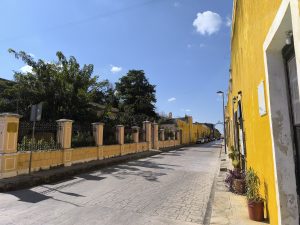
It’s a simple drive north from Mérida up to the seaside resort of Progreso – home to the world’s largest pontoon – before you head east along a coastal road that’s flanked on one side by the sea and on the other by a series of salt lagoons, home to an array of wildlife that includes flamingoes, condor and even crocodiles.
While there are a few towns dotted along this stretch of coastline – dubbed the ‘Emerald Coast’ due to its abundance of vegetation – much of the seafront itself is hidden from view by the myriad private beach houses and resorts. These become more scarce the further east you go and, by the time I reach the outskirts of Santa Clara where Casa Arsha is located, I’ve already caught several glimpses of the Gulf of Mexico’s clear blue waters.
Time to unwind
My hosts are in the process of traveling back from Querétaro when I arrive, so I experience ‘getting away from it all’ in the truest sense of the words as I’m completely alone. It’s been a hot and fairly fraught drive, made more challenging by the fact I have run out of data and can no longer access the directions Raisha sent me via WhatsApp, so I take advantage of the inviting pool almost immediately.
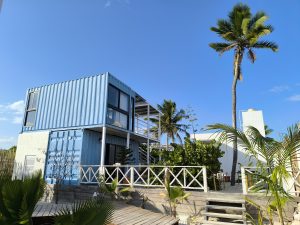
Once suitably cooled off, I relax on the sun lounger and take in the view: palm trees, a light sandy beach and tiny waves lapping against the shore. Above me, small birds flit back and forth between the overhanging, shade-giving trees and pergola. Along with the squadron of pelican that swoops past in formation, they are the only thing to break the silence. Within the hour, all the stresses and trials of my journey to this point have melted away. I begin to fully appreciate the unique selling point of our Glion alumni’s venture.
Unfortunately, the weather intervenes to deny me two further attractions of Casa Arsha: the spectacular sunset visible from the viewing terrace (see picture below) and the star-studded night sky. Both are obscured by the incoming storm that blows in and soaks everything in its path. It’s the only rain I see during my entire trip.
A change of tactics
I awake to the sound of birdsong and the waves gently lapping against the shore – and an eager black Labrador padding inquisitively up the stairs and outside my door. A sign my hosts have arrived overnight as promised. As well as looking forward to finally meeting people I’ve chatted with via the medium of Microsoft Teams, I’m keen to find out more about their plans for the place, especially since I’ve seen evidence of building work at the entrance.

“We’ve decided to expand our offer and turn the property into a small boutique hotel,” says Raisha. “The Airbnb model worked for us up to a point, but it also presented us with a number of challenges that eventually led to us needing to rethink our plans.”
Chief among the issues encountered by the pair has been quality control, made more challenging due to the difficulty of finding the right calibre of personnel.
“If you’re paying a premium, you want everything to be absolutely right,” explains Raisha. “What we don’t have here is access to a pool of talent from which to hire the kind of people who understand luxury service and can deliver it consistently.
“That’s even more important when you are compromising in other areas. Our property is entirely powered by solar power, so customers are not able to use the air conditioning permanently, which some may view as a disadvantage. While we are addressing the power supply issue by installing a wind turbine, ultimately we realized we need more control over the day-to-day running of the property to ensure we can deliver the standard of service guests expect, so we have decided to base ourselves here.”
Room for improvements
Alongside the turbine and being on site, the couple plan to convert the current lounge area into another room and install a kitchen so they can offer guests food and beverage options. They have also purchased another plot of land nearer to the village of Santa Clara, for which there are tentative plans to develop additional facilities.
While the village itself is still quite sleepy, there are already signs of real estate investment in the area, which will undoubtedly lead to more demand for services that currently do not exist in the area.
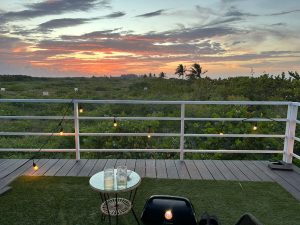
“Obviously, we’re concentrating on the hotel offer at the moment and want to get that right before anything else,” says Arnaud. “But further ahead, we’ll be looking to tap into the potential offered by the new developments in the area. While we’re not 100% sure what form that may take, the immediate vicinity doesn’t have entertainment venues, bars, shops and laundry services, so there’s definitely scope for exploring a number of options.”
Local attractions
Although the nearest village does lack amenities, it’s nevertheless a charming, peaceful spot where you can enjoy delicious seafood in one of the three specialist restaurants. And until the extra developments take shape, there are plenty of places nearby that offer tourists a flavor of Yucatán culture.
Just a few miles further east along the coast is the incredibly pretty Dzilam de Bravo, the kind of fishing village you expect to see more of in this region. Larger than its neighbor, it boasts a wider culinary choice than the expected seafood options. A couple of beachfront bars, some rickety jetties that jut out into the sea and a promenade that stretches half the length of the town complete the picture and we spend a delightful afternoon enjoying what it has to offer.
“Dzilam is the finished article and offers visitors much more than Santa Clara currently does,” says Raisha as we take afternoon drinks in the sunshine. “But it’s not the only local attraction.”
A little further west and inland, there is a cenote – one of the many natural features common to this area where you can swim in clear fresh water and have tiny fish nibbling at your toes – while just south of the nearby Laguna Rosa is the ancient Mayan ruin at Xcambó. Both are within easy driving distance of Casa Arsha.
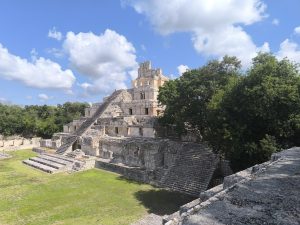
“If you’re staying for any length of time, you simply have to visit at least one of the region’s archeological sites,” adds Raisha. “The famous one is at Chichen Itzá, but I’d go to the less crowded option at Uxmal instead. There are also pyramids you can climb in Izamal, the ‘yellow city’, where you’ll also find the highly recommended traditional Mayan restaurant Kinich.
“And if all the peace and quiet is too much for you, Mérida is only just over an hour and a half away. It’s a great city with plenty to offer the more energetic tourist, including cool bars, fine dining restaurants and a wealth of cultural activities.”
As I head back along Highway 176 towards the city and into the kind of sunset I was denied the night before, I reflect on my overnight retreat in rural Mexico, how isolated it appeared to be and also how much I didn’t get the chance to see. And although I spend almost two weeks on the peninsula, I really only scratch the surface of what this incredible area has to offer. But having acquired a taste for visiting locations I’ve written about, I’m fairly certain I’ll be back in the not-too-distant future.
